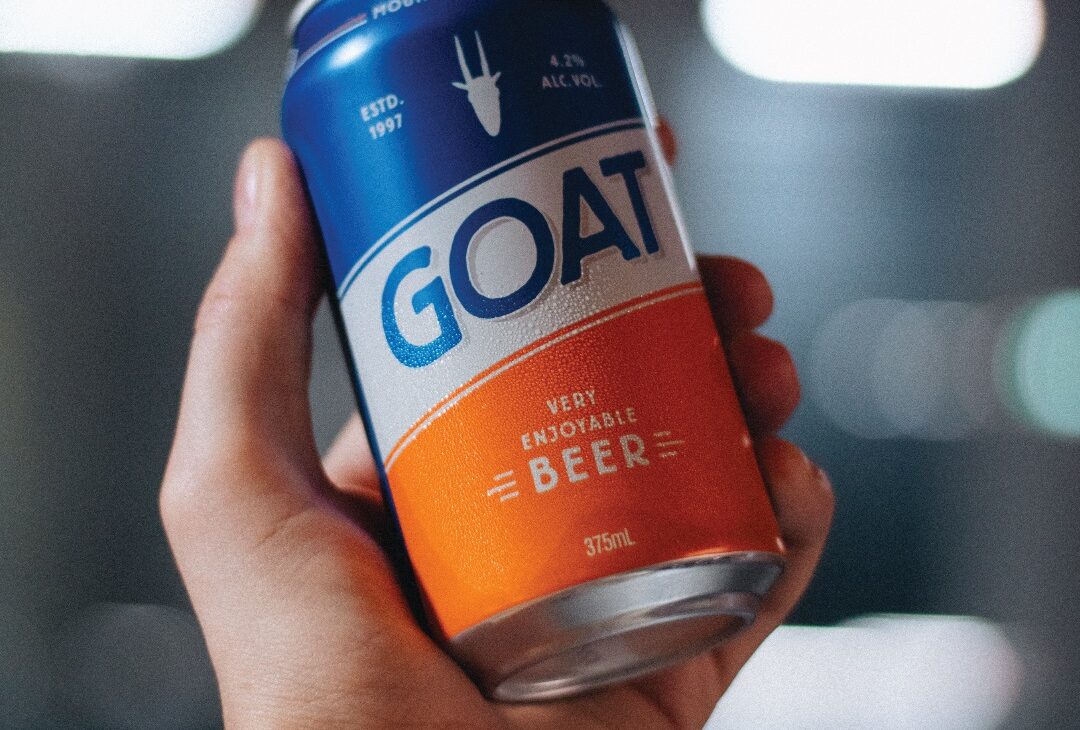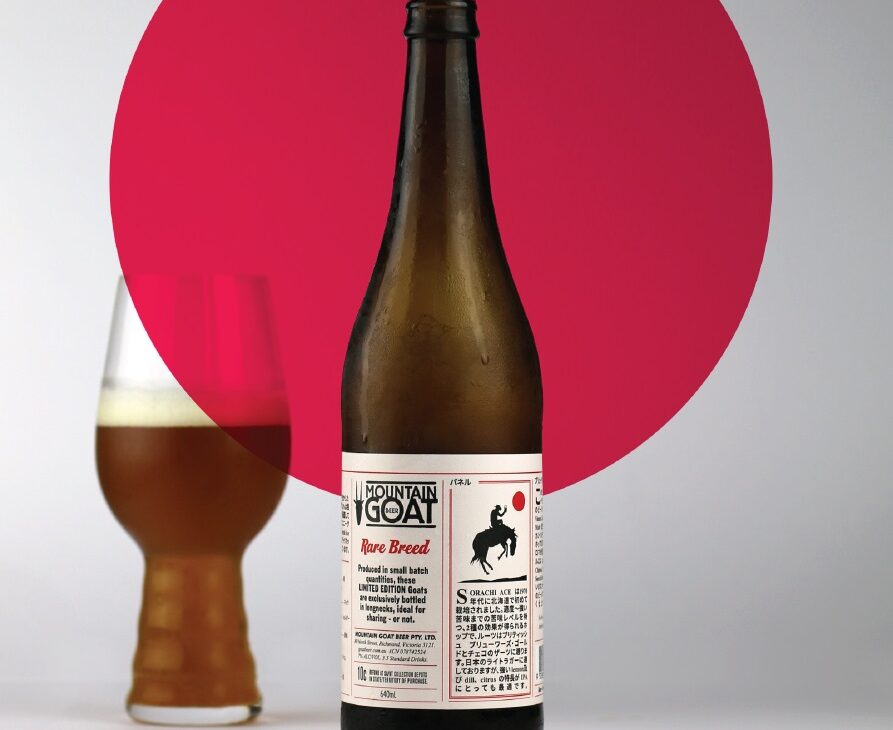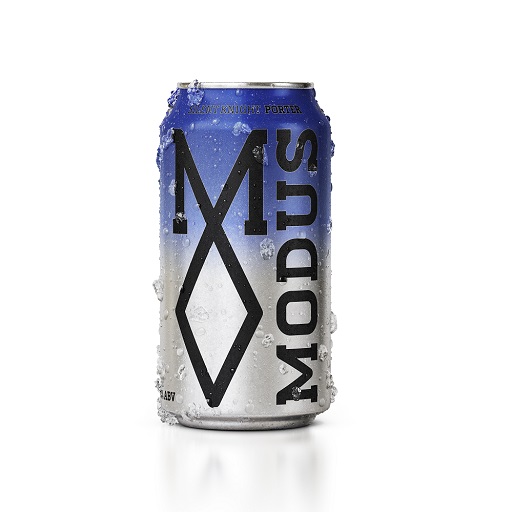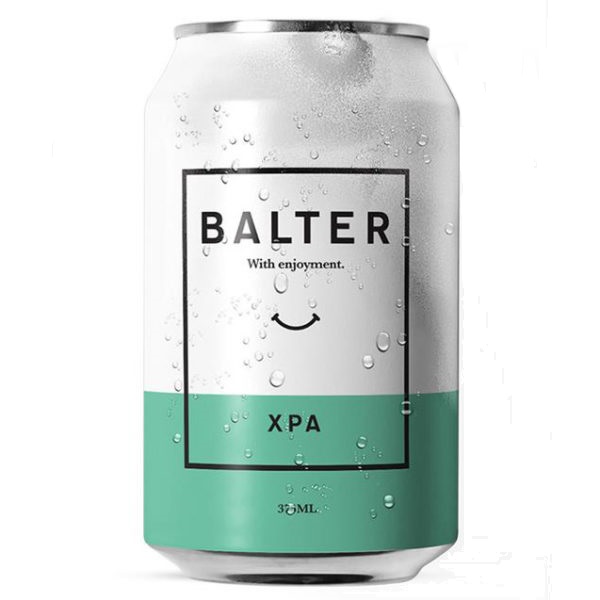
Beer packaging in an ABAC world

The ABAC ruling against Hop Nation’s Jedi Juice sparked fierce debate across the brewing industry last week.
It brought to the fore issues around the limits of creativity, what it means to be a responsible alcohol producer or supplier, and whether regulations go too far, or not far enough, when it comes to marketing alcohol.
Staying on the right side of the rules
A major concern with any alcohol brand is its responsibility to consumers and regulators.
Harry Jenkins, the independent chair of the ABAC code, which passes judgement on and regulates alcohol advertising, spoke to Matt Kirkegaard on Beer is a Conversation last week, prior to the announcement of the Jedi Juice ruling.
Jenkins said that ABAC existed not just to have rules for the sake of rules, saying it was a quasi-regulatory body that operated within and was bound by law and other regulations, with management committee members including the Board of Health to answer to.
“There’s a lot of politics involved… [ABAC exists] to say right, here’s a product that has a whole host of regulation around sales, there are concerns about the abuse and misuse [of it]. Let’s ensure that marketing doesn’t in some way make that even worse.
“Many public health advocates are concerned that by a minor being exposed to advertising that they are encouraged to go into the use of alcohol.”
He said the second consideration for brewers when it came to ABAC, whether they were signatories or not, is that major retailers are part of the scheme.
“A craft brewer might try to get a major retailer to put their product on the shelf. That retailer eons ago may have made a decision that they only put product on the shelf that has been pre-vetted by ABAC,” he said.
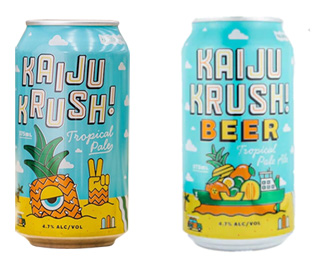
Kaiju Krush changed the label of Krush, apparently to have it ranged by ABAC signatory retailers
Indeed, Kaiju! Beer reportedly changed the packaging on its Kaiju Krush tropical pale ale to become more appealing to major retailers which subscribe to the ABAC code.
“When the creative juices are running people are all about the fun,” Jenkins acknowledged.
“If were looking at some of the craft brewers and their products, they are about indulgence, people wanting to savour the flavour, but look, at the end of the day there has to be an understanding that there [is] a large degree of social responsibility that goes with these products.
“With this territory, sometimes there has to be a bit of a rein put on people running off and getting excited.
“[People say we’re] taking the fun out of it, I regret that people see it that way, but they have to understand that people can still be excited by a new product but it’s got to be done in a responsible way.”
Tyson Sheean, owner of an eponymous Melbourne creative agency, has worked with Mountain Goat and other craft brands for several years. He agreed that brewers needed to be mindful of these rules when signing off on packaging and other marketing activities.
“ABAC does a great job. [Brewers who have] got their knuckles rapped will take that on board. Everyone is cognisant and aware that it’s good for the industry,” he said.
The alternative to the voluntary code is of course stricter governmental controls on advertising, which may result in actual penalties or fines.
Around the world, there are much harsher rules on alcohol advertising than ABAC. According to a report for European Centre for Monitoring Alcohol Marketing, 63 per cent of European countries enforce statutory regulation as opposed to self regulation on the alcohol advertising industry.
The Advertising Standards Authority has called UK advertising rules for alcohol “amongst the strictest in the world” and whilst they and UK packaging regulator the Portman Group have similar regulations to those of ABAC, their rules are mandatory.
In many countries including Russia, France and Indonesia alcohol advertising is banned in whole or in large part.
One country which is noticeably more lax when it comes to alcohol advertising is the US. It does restrict false or misleading statements and health claims and provides a pre-vetting service similar to ABAC, but it is largely self-regulated and in general does not cover provisions relating to a malt beverage’s appeal to minors.
Pop culture in packaging
One of the main arguments put forward by complainants and the ABAC adjudication panel in recent months was that the imagery or typography on beer packaging is too close for comfort to ‘child-friendly’ popular culture like Star Wars.
While Mountain Goat has been known to dabble in pop culture influences, producing labels such as Pulped Fiction, times have moved on, says Sheean.
“We’re all guilty of jumping on the pop culture band wagon, but it’s only got a certain lifespan,” he explained.
He said that using a popular image, typography or other elements from popular culture could open brewers up to rulings from ABAC or by the owner of the image – touching on issues of copyright.
“You’re flying close to the sun when you do that. People are always after the hook, and [popular culture elements] can be low-hanging fruit. We’ve all been guilty of it.”
He said that getting back to basics with your brand was key.
“Forget what’s out there and what’s popular, come back to the brand and how can you make your brand significant to the end user, rather than reaching for what’s available.”
Utilising popular culture can work sometimes, he said, noting Garage Project’s Darth Vader-inspired beer Lack of Faith (now in poster form), which is in the same vein as beers like Jedi Juice, but is slightly removed from a direct nod to the cultural phenomenon.
But the design industry is losing interest in riffing off of design work owned by others, he said.
“If you allude to something without being specific then it will probably be ok.
“We have done it in the past, but now we avoid it. It’s a bit of boredom internally, it’s a bit of a timing issue – puns for example have been done to death.
“It’s about trying to talk more about the brand rather than latching onto the coattails of something else.”
The cartoon question
One of the main tenets of the ABAC scheme is that alcohol packaging should not be directed at or potentially appeal to minors by including or alluding to any child-focused cartoon characters.
The cartoon question is a controversial one, and a distinction needs to be made between original cartoons and those influenced by or outright ripping off popular culture.
Harry Jenkins of ABAC said that in addition to the fears that alcohol advertising can influence minors to begin drinking, other concerns had been raised with regards to cartoons.
“[Some say] why would you bother having marketing that appeals to under 18s when they clearly can’t purchase the product?”
But with many ‘adult’ cartoons out there in the wider entertainment market (think Netflix’s Rick and Morty, Big Mouth or Archer) cartoons and animations are not now strictly perceived to be child-centric.
Hop Nation’s response to ABAC’s ruling on the graffiti-style imagery of its Jedi Juice can exemplified this, saying the ruling was “stifling creativity and limiting a brand’s freedom of expression”.
“If you’re getting stylistic about it, it is objective,” said Sheean.
“There are these amazing characters out there from brewers like Kaiju. They’re well illustrated and simplistic. They’re fantastic branding, though they have still been pulled up [by ABAC].”
Sheean says that perhaps part of the thinking behind banning cartoon-style characters and questioning other design work is that some of the cans are so unlike what people perceive traditional beer can designs to be.
“They would like to see assets that come back to beer, that make it feel like a beer product.
“If people are pushing the envelope and pushing it far, the regulatory bodies are going to slap them on the wrist – their idea of what a beer should look like isn’t this.
“Craft beer is changing so rapidly and quickly and the rules that be are just not keeping up,” he said.
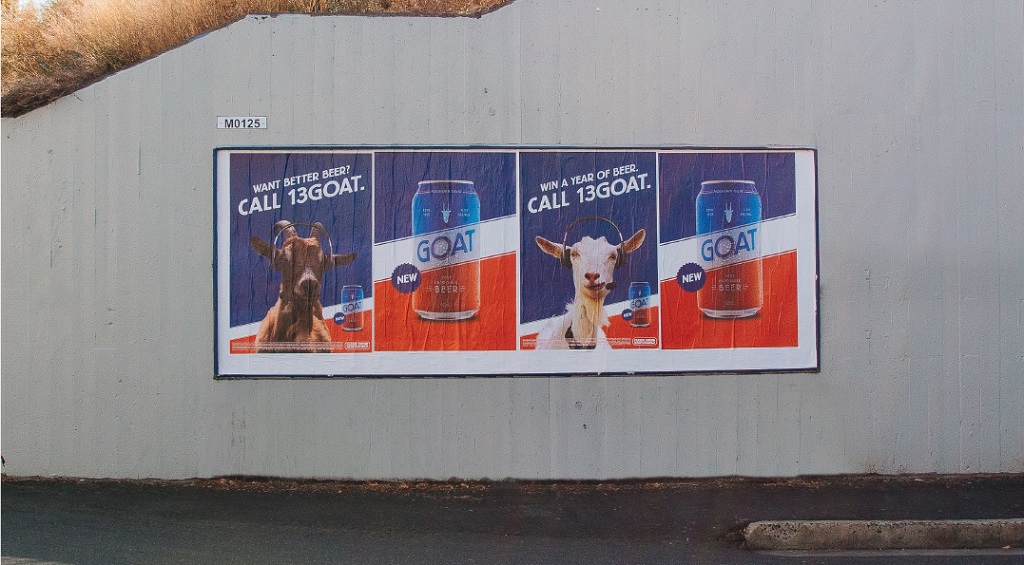
Getting back to the brew
A number of breweries stand out from the crowd in terms of campaignable branding, Sheean said.
“Balter’s packaging is simple but what they do in their social channels is quite playful as well. When Balter came on board they were a game changer. A lot of people jumped on that bandwagon, which is a credit to them just how powerful that piece of packaging was. It’s bloody genius.
“Counter Culture from Stone and Wood, that’s really powerful stuff and I’ve always been a big fan of Modus Operandi, their packaging is beautiful and simple.
“Pirate Life, they’ve really tapped into what the consumer insight into choosing a beer, did a great customer journey map, so when you pick up the beer you know what the hops and bitterness are going to be, it’s great design thinking at a packaging level.”
Sheean explained that getting an amazing artist to design your packaging and slapping your logo on it was just not going to cut it anymore.
“When you have people look at the fridge at the bottle shop, it’s confidence in the beer you want to communicate. What about the beer is challenging, what makes it different, what do you stand for and how do they connect?”
Gimmicks are out, according to Sheean, and getting back to the fundamentals is in.
“Look at how beers are being named now, it’s acronyms, it’s very directional or simple. That feels like that is the place we’re in now. It’s simplified as opposed to jumping on the coattails of another brand.”
Keeping one eye on the brewing process, ingredients, the existing brand and assets of a brewery is key, he said.
“It’s about collaboration. Ideas can come from anywhere, I’m a firm believer of that.
“It’s a matter of asking lots of questions – if a brewer has a specific idea in mind but you need to keep asking why.
“If you can then link that back to a consumer insight, that’s really powerful and that’s where the beauty is. Where you can take the thinking of the brewer and matching that with customer insight, thats where magic happens.”

